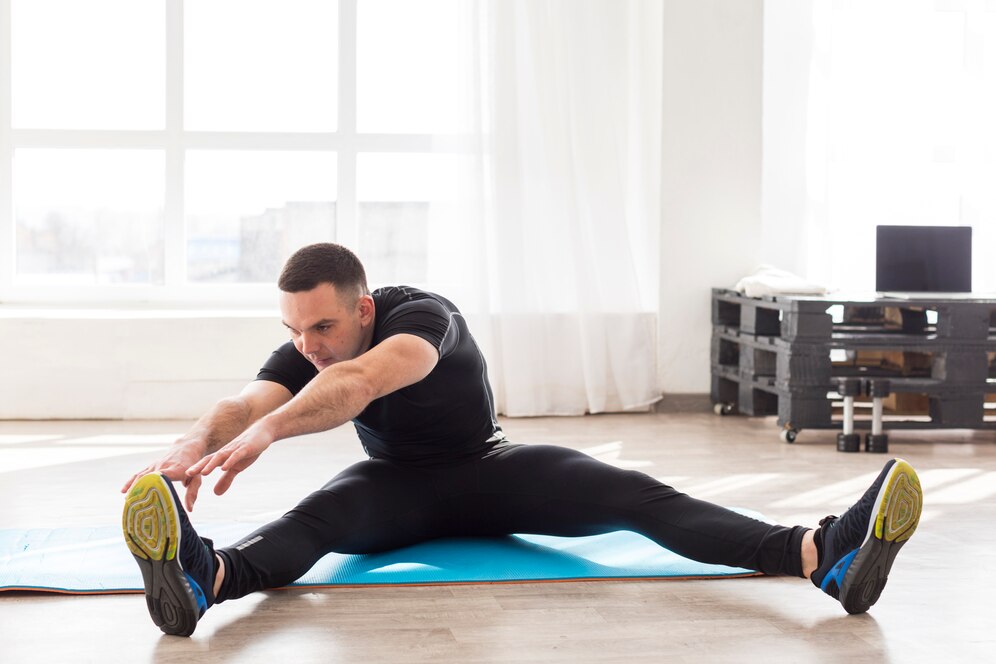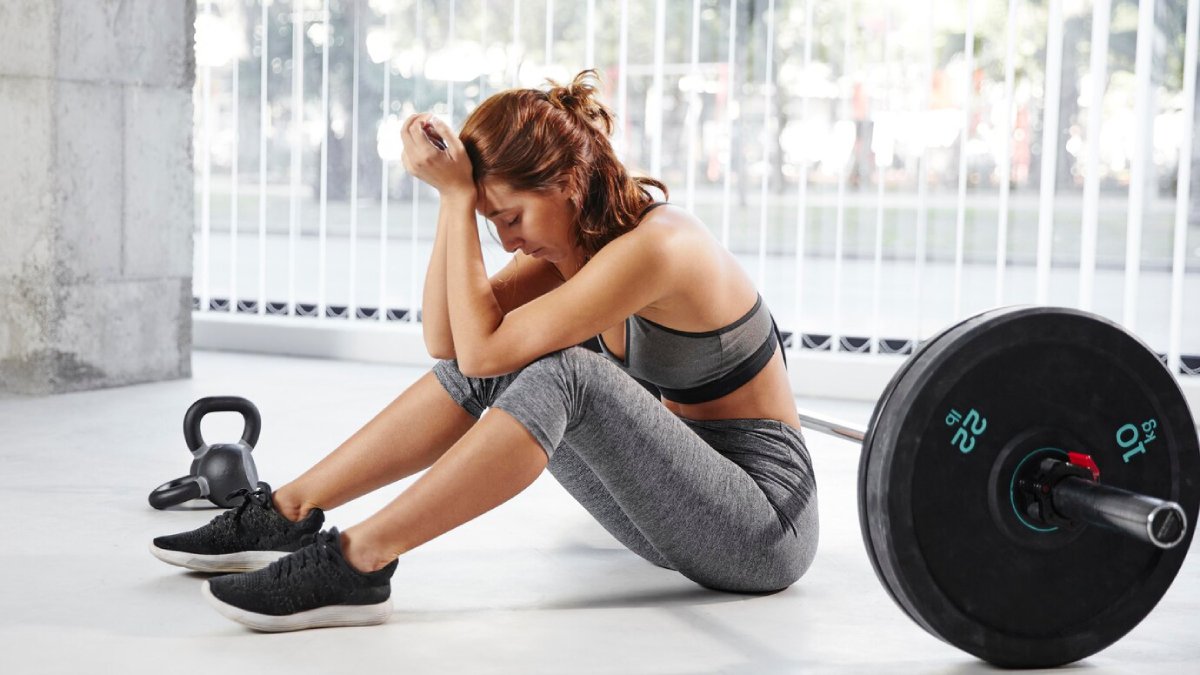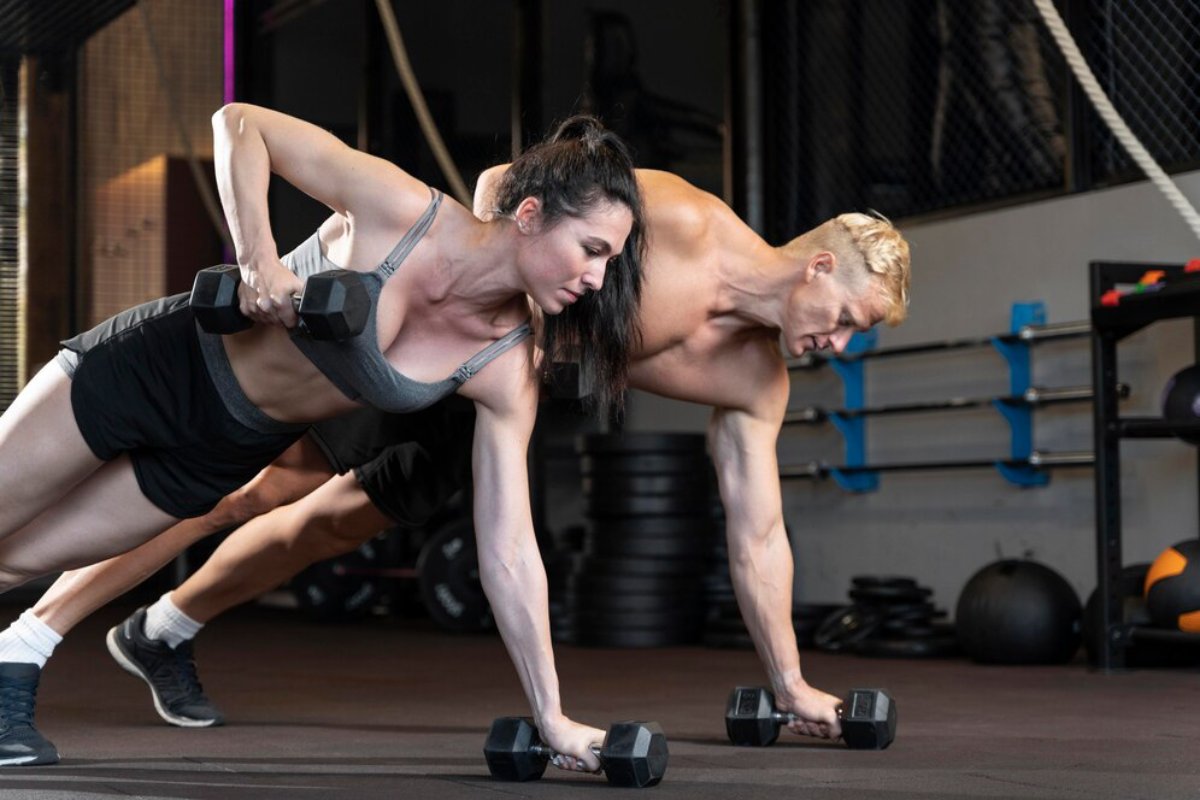
How to Build Strength with Minimal Equipment
With a tight schedule, getting time for the gym can be difficult. For fitness, many have opted for home workouts. The silver lining is that you don’t require a gym or fancy gear to get strong. However, performed correctly, bodyweight and callisthenics can potentially build quite a lot of strength.
This guide will help you build strength at home with minimal equipment.
The Importance of Home Workouts
Why Home Workouts Matter
Home workouts are popular because they offer flexibility and convenience. You can create personalised routines and stay consistent without commuting to the gym.
Common Misconceptions About Home Workouts
Many think home workouts aren’t as effective as gym workouts. They believe that heavyweights are necessary to build strength. This is not true. With the proper techniques and dedication, bodyweight exercises can deliver excellent results.
Key Benefits of Strength Training with Minimal Equipment
- Functional Fitness: Improves daily movement.
- Engagement of Multiple Muscle Groups: Boosts coordination and overall strength.
- Cost Savings: No need for pricey gym memberships or equipment.
- Flexibility: Work out anytime and anywhere.
Data-Backed Insights on Home Workouts
Studies show that bodyweight training works. Research in the Journal of Strength and Conditioning Research found that participants using bodyweight exercises gained significant strength in just 12 weeks, proving that minimal-equipment training can be effective.
Quick Guide to Build Strength at Home

Step 1: Set Clear Goals
First, define your goals. Do you want to build strength, increase muscle, or boost endurance? Clear objectives will help you create your workout plan and track your progress.
Step 2: Create a Workout Plan
A solid plan is key. Focus on compound exercises that work for multiple muscle groups. Some basics include push-ups, squats, and planks.
Push-Ups
- Targets: Chest, shoulders, triceps, and core.
- Execution: Start in a plank with hands shoulder-width apart. Lower your body until your chest nearly touches the floor, then push back up.
- Progression: Try diamond push-ups or decline push-ups.
Squats
- Targets: Quadriceps, hamstrings, and glutes.
- Execution: Stand with feet shoulder-width apart and lower your body as if sitting in a chair.
- Progression: Add jump squats or pistol squats.
Planks
- Targets: Core strength and stability.
- Execution: Keep a straight line from head to heels while engaging your core.
- Progression: Try side planks or planks with leg lifts.
Step 3: Incorporate Calisthenics
Calisthenics uses your body weight for resistance, improving strength, flexibility, and coordination.
Pull-Ups
- Targets: Upper body strength (back and biceps).
- Execution: Pull up from a pull-up bar with an overhand grip until your chin is above the bar.
- Progression: Use a resistance band for help or perform inverted rows.
Dips
- Targets: Triceps, chest, and shoulders.
- Execution: Lower your body until your elbows are at a 90-degree angle, then push back up.
- Progression: Try single-arm dips or weighted dips.
Burpees
- Targets: Full-body strength and endurance.
- Execution: Start standing, drop into a squat, kick your feet back into a plank, do a push-up, and jump back up.
- Progression: Increase speed or add a tuck jump at the end.
Step 4: Gradually Increase Intensity
To keep making gains, gradually increase the intensity. You can do this by:
- Increasing repetitions.
- Reducing rest periods.
- Trying more advanced exercise variations.
Pro Tip: Use progressive overload by adding difficulty instead of increasing volume.
Step 5: Stay Consistent
Consistency is crucial for long-term results. Aim for at least three to four workouts a week, allowing time for recovery.
Additional Expert Tips & Common Mistakes to Avoid
Best Practices for Home Strength Training
- Warm Up Properly: Start with dynamic movements to avoid injuries.
- Focus on Form: Good technique ensures effectiveness and safety.
- Listen to Your Body: Adjust exercises if something feels uncomfortable.
Common Mistakes
- Skipping Rest Days: Recovery is essential for muscle repair and growth.
- Neglecting Nutrition: Eating well boosts performance and results.
- Overtraining: More exercise isn’t always better. Rest helps prevent burnout.
Advanced Techniques for Maximum Gains
Mind-Muscle Connection
Focusing on the muscle being worked on can improve engagement and growth. Slow down movements to maximise tension.
Minimal Equipment Additions
While bodyweight exercises are great, adding minimal equipment can enhance strength training:
- Resistance Bands: Add resistance for more challenge.
- Pull-Up Bars: Enable advanced upper-body workouts.
- Weighted Vests: Increase intensity for bodyweight exercises.
Consider Supplementation
While whole foods should be your primary nutrient source, some supplements can help:
- Protein Powder: Aids muscle repair.
- Creatine: Boosts strength and endurance.
- BCAAs: Support muscle recovery.
Important Tip: Try time-under-tension training by slowing down each rep to maximise muscle activation without added weight!
FAQs
1. Can I build muscle without weights?
Yes. Bodyweight exercises and callisthenics can effectively build muscle by challenging your muscles.
2. How often should I train at home?
Aim for at least 3-4 days a week. Make sure to rest for recovery.
3. What equipment should I invest in for home workouts?
Consider resistance bands, a pull-up bar, and a weighted vest for effective training that does not take up much space.
4. Are bodyweight exercises enough for strength gains?
Yes. Many elite athletes use bodyweight training for significant strength development.
5. How can I make bodyweight exercises more challenging?
Increase reps, decrease rest time, add resistance bands, or try advanced variations.
6. What role does diet play in strength training?
Good nutrition supports muscle growth, recovery, and energy. Focus on protein, healthy fats, and carbs.
7. Is cardio necessary for strength training?
It’s not essential, but adding cardio can improve endurance and overall fitness.
8. Can I train every day?
You can train daily if you rotate muscle groups, but rest and recovery are key to progress.
Achieving Strength Anywhere

You can get really strong and be very efficient with just a few pieces of equipment! With bodyweight exercises, callisthenics, and consistency, you can build a strong, functional body anywhere.
You are the way your body feels and performs over time. These small victories compound over time, and the effort you make each day advances your mental and physical health. Strength training at home is an accessible route to a fitness practice, whether you’re just starting or you’ve been at it for years.
So why wait? Starting today, all of these resources are available to you.


